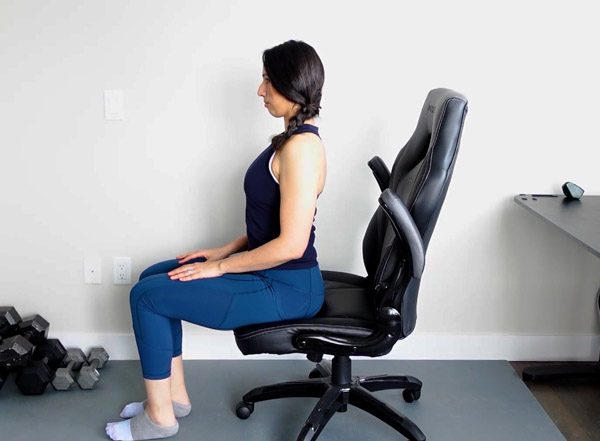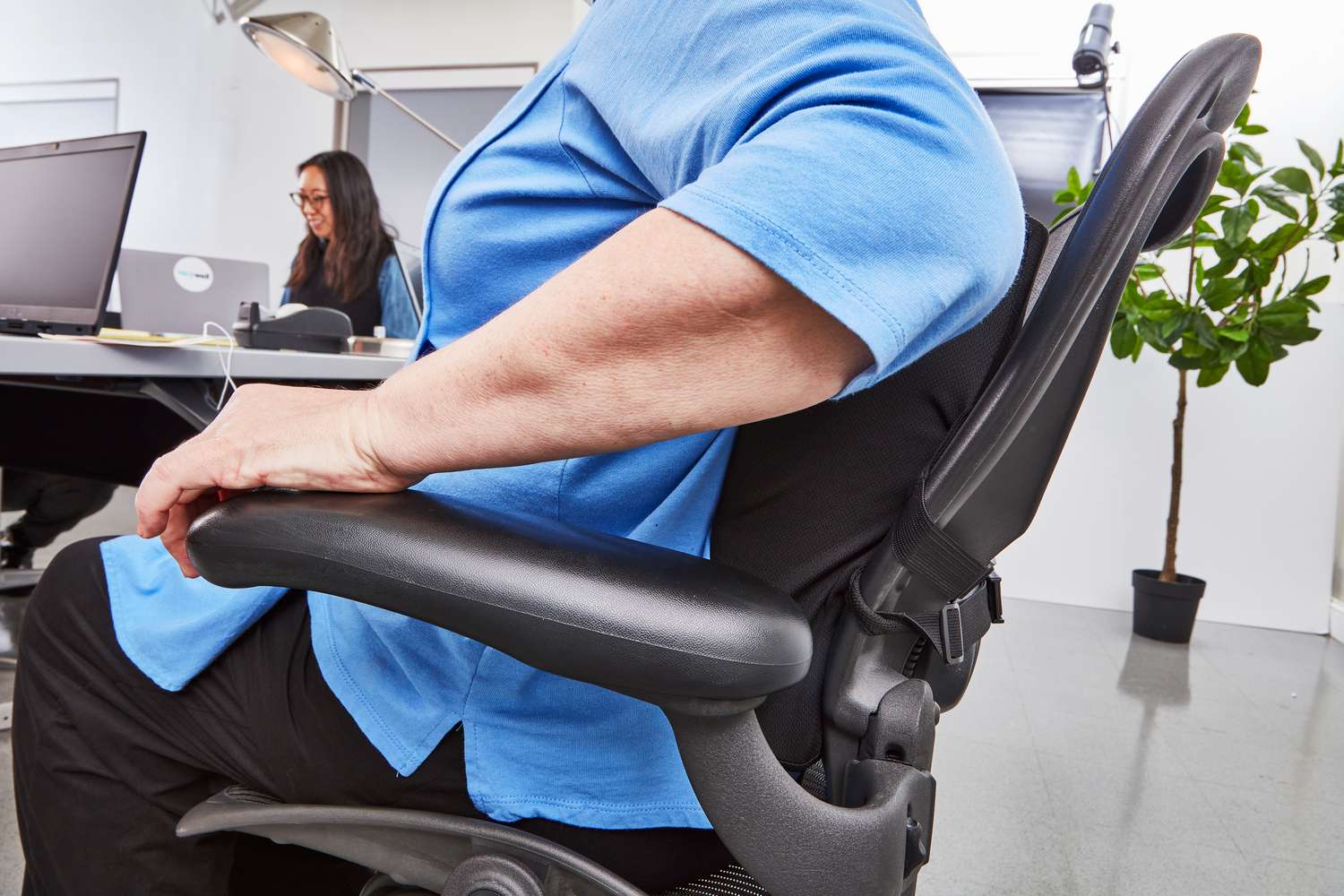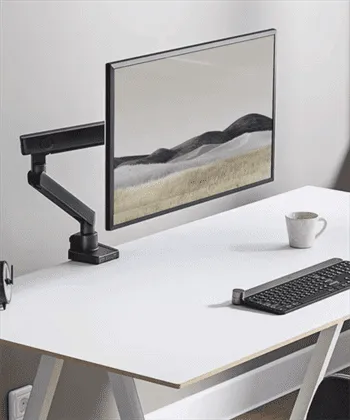Sciatica can be a debilitating condition, causing pain and discomfort that affects daily activities, including work. Choosing the right office chair for sciatica is crucial for managing symptoms and maintaining productivity. In this guide, we’ll explore the best office chairs for sciatica, what features to look for, and how to set up your chair for maximum comfort.
Understanding Sciatica

What is Sciatica?
Sciatica is a condition characterized by pain radiating along the sciatic nerve, which extends from the lower back down through the hips, buttocks, and legs. This pain is often caused by compression or irritation of the nerve.
Common Causes of Sciatica
Several factors can contribute to sciatica, including herniated discs, spinal stenosis, piriformis syndrome, and even prolonged sitting. Understanding the cause is essential for effective treatment and management.
Symptoms of Sciatica
Symptoms of sciatica include sharp or burning pain, numbness, tingling, and muscle weakness. These symptoms can vary in intensity and location, often worsening with prolonged sitting or standing.
The Role of Office Chairs in Managing Sciatica

How Office Chairs Affect Sciatica
The right office chair can significantly impact sciatica symptoms. Poorly designed chairs can exacerbate pain by putting extra pressure on the lower back and legs. In contrast, a well-designed chair can provide proper support, reducing strain and promoting better posture.
Importance of Ergonomics
Ergonomics is the science of designing a workplace to fit the user’s needs. An ergonomic chair is designed to support the natural curvature of the spine, reduce pressure points, and promote healthy posture, all of which are crucial for managing sciatica.
Key Features to Look for in an Office Chair for Sciatica
Lumbar Support
Lumbar support is critical in an office chair for sciatica. It helps maintain the natural curve of the spine, reducing pressure on the lower back and alleviating pain.
Adjustable Seat Height
An adjustable seat height ensures your feet are flat on the floor, thighs parallel to the ground, and arms even with the desk height, reducing strain on the lower back.
Seat Depth and Width
A seat with adequate depth and width supports the thighs without putting pressure on the back of the knees, ensuring comfort for extended periods.
Recline and Tilt Function
A recline and tilt function allows you to change your sitting position throughout the day, which helps relieve pressure on the spine and sciatic nerve.
Material and Padding
The material and padding of the chair should provide comfort and support. Breathable, high-density foam and fabric are preferred for their durability and comfort.
Hard or Soft Chair for Sciatica: Which is Better?

Benefits of Hard Chairs
Hard chairs can provide better support for some individuals by promoting proper posture and alignment. They prevent slouching, which can worsen sciatica.
Benefits of Soft Chairs
Soft chairs in office furniture offer comfort and cushioning, which can relieve pressure points and make sitting more enjoyable. However, they must still provide adequate support to be beneficial for sciatica.
Finding the Balance
The best office chair for sciatica strikes a balance between firmness and comfort. Look for a chair that offers both cushioning and support to suit your needs.
Best Ergonomic Chair for Sciatica
Features of an Ergonomic Chair
An ergonomic chair is designed to fit the user’s body and support natural posture. Key features include adjustable armrests, lumbar support, seat height, and recline functions.
Best Desk Chair for Sciatica
Importance of a Good Desk Chair
A good desk chair is essential for maintaining productivity and comfort during long work hours. It should offer support that aligns with your body’s natural posture.
Best Computer Chair for Sciatica

Differences Between Desk and Computer Chairs
While desk and computer chairs serve similar functions, computer chairs often have additional features like enhanced lumbar support and more adjustability to cater to prolonged computer use.
Alternative Seating Options for Sciatica
Kneeling Chairs
Kneeling chairs promote an open hip angle, which can reduce pressure on the lower back and improve posture.
Exercise Ball Chairs
Exercise ball chairs encourage active sitting, which can strengthen core muscles and reduce lower back pain.
Standing Desks
Standing desks allow you to alternate between sitting and standing, reducing the strain on your lower back and sciatic nerve.
How to Set Up Your Office Chair for Sciatica Relief

Correct Chair Height
Adjust your chair height so your feet are flat on the floor and your knees are at a 90-degree angle to reduce lower back strain.
Proper Lumbar Support Placement
Ensure the lumbar support fits snugly against the small of your back to maintain the natural curve of your spine.
Optimal Seat Depth
Adjust the seat depth so there is a small gap between the back of your knees and the edge of the seat to promote circulation.
Additional Tips for Managing Sciatica in the Workplace
Regular Movement and Stretching
Taking regular breaks to stand, stretch, and walk can alleviate pressure on the sciatic nerve and improve overall comfort.
Desk Ergonomics
Ensure your desk setup promotes good posture, with your monitor at eye level and your keyboard and mouse within easy reach.
Use of Cushions and Supports
Adding cushions or lumbar supports to your chair can provide additional comfort and reduce strain on your lower back.
Common Mistakes to Avoid When Choosing an Office Chair for Sciatica
Ignoring Adjustability
A chair that lacks adjustability may not provide the support you need, leading to increased discomfort and pain.
Overlooking Material Quality
High-quality materials ensure durability and comfort, making them a crucial factor in selecting the best office chair for sciatica.
Not Testing the Chair Before Purchase
If possible, test the chair before buying to ensure it meets your comfort and support needs.
Conclusion
Choosing the best office chair for sciatica involves considering several factors, including lumbar support, adjustability, and material quality. An ergonomic chair tailored to your needs can significantly reduce sciatica symptoms and improve your overall comfort and productivity.
Frequently Asked Questions (FAQs)
Q.1 What is the best office chair for sciatica?
The best office chair for sciatica combines ergonomic features like lumbar support, adjustable height, and high-quality materials. The Herman Miller Aeron and Steelcase Leap are top recommendations.
Q.2 Can an ergonomic chair really help with sciatica?
Yes, an ergonomic chair can help by providing proper support and promoting good posture, which can alleviate pressure on the sciatic nerve.
Q.3 Are standing desks better for sciatica than sitting chairs?
Standing desks can be beneficial as they allow you to alternate between sitting and standing, reducing strain on your lower back and sciatic nerve.
Q.4 How can I make my current office chair better for my sciatica?
You can improve your current chair by adding lumbar support cushions, ensuring proper height adjustment, and taking regular breaks to move and stretch.
Q.5 What other lifestyle changes can help with sciatica?
Regular exercise, maintaining a healthy weight, and practicing good posture can help manage sciatica symptoms.

 Workstations
Workstations Monitor Arms
Monitor Arms Dividers
Dividers Storage
Storage Seatings
Seatings Accessories
Accessories


